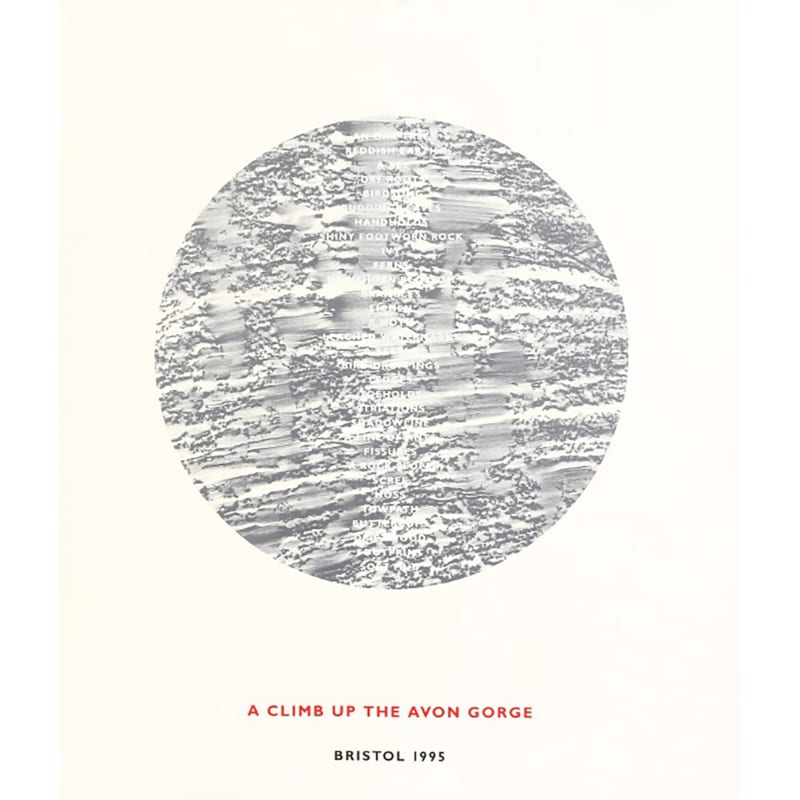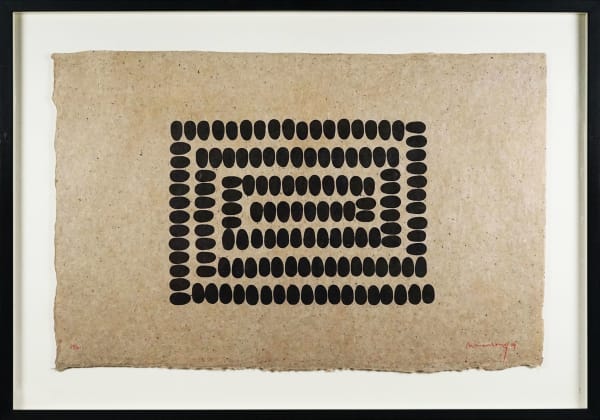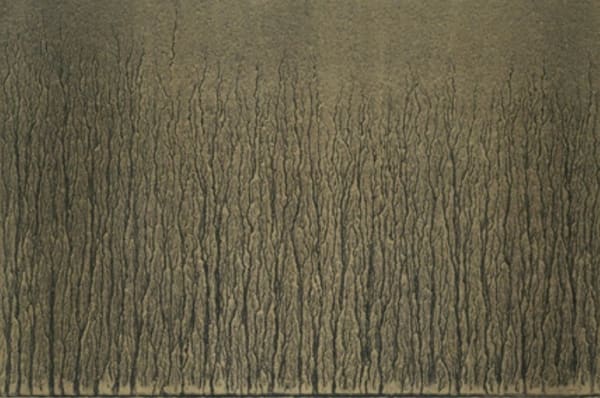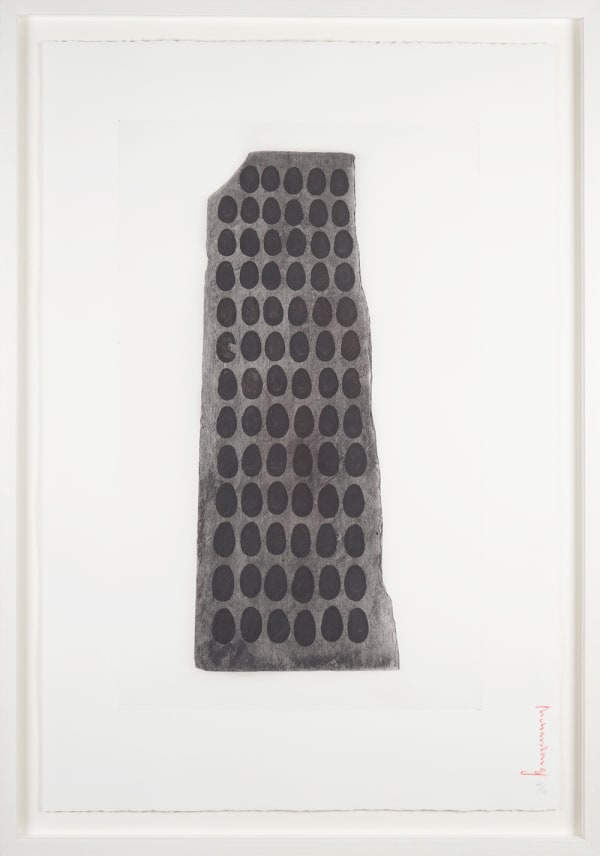Richard Long
"You could say that my work is...a balance between the patterns of nature and the formalism of human, abstract ideas like lines and circles. It is where my human characteristics meet the natural forces and patterns of the world, and that is really the kind of subject of my work."
One of the best known British land artists, Long's work transcends multiple genres and schools of artistic thought, touching upon Land Art, Conceptual Art and Post-Minimalism.
Long was born in Bristol, and from 1962-65 studied at the West of England College of Art before attending Saint Martin's School of Art in London between 1966-68, where he was tutored by Anthony Caro and Phillip King.
From his earliest days as an artist his work has been revolutionary. His seminal early work A Line Made by Walking (1967) saw him alter the landscape by creating a straight line in long grass by walking repeatedly back and forth to leave the trace of his movement. These human gestures within nature and the mapped histories that they generate have been an enduring focus within his work.
Long is also well known for his mud drawings, created with river mud and applied directly to gallery walls or onto sheets of paper. Regarding mud as 'a mixture of time, water and stone', Long embraces its physical properties and history as one of the first materials used to create art by early humans, assigning it a central importance in his work. For all his interventions in the natural landscape, his determination to use fragile materials in their rawest state suggests above all else the delicate beauty of the world, rather than its potential for exploitation.
Long is the only artist to have been shortlisted four times for the Turner Prize, winning in 1989. His work is on permanent display in Britain at the Tate in London and Bristol City Museum and Art Gallery, as well as galleries in America, Switzerland and Australia. He received a Knighthood in 2018.









